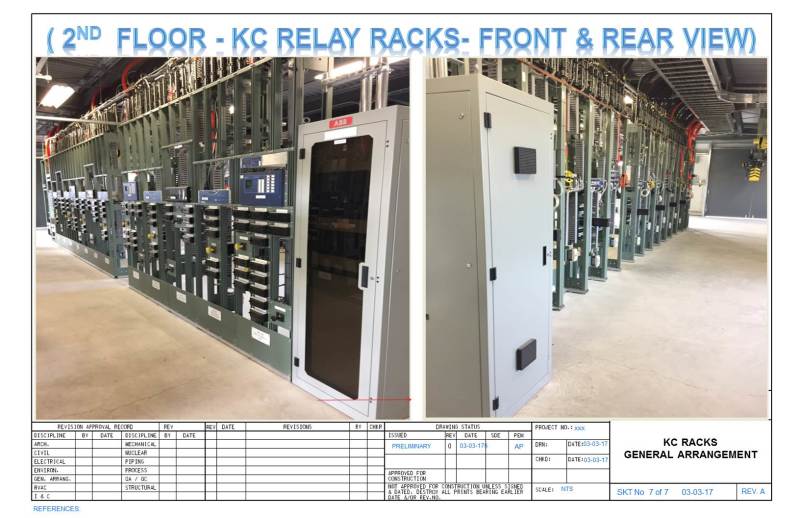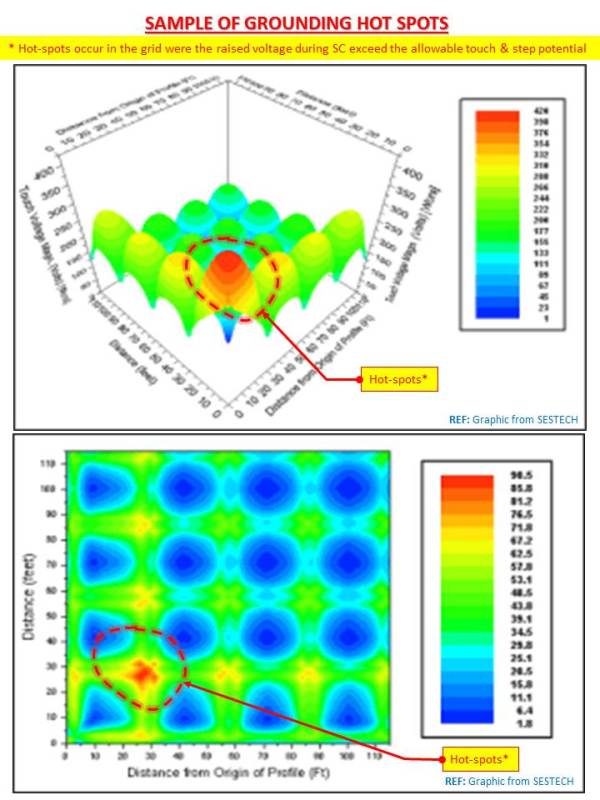The space available is very tight with a new plot for a 220/66 kV substation.
to the best of my knowledge, I have never seen a control room above a 66 kV or more GIS room.
I don't think there is any electrical reason for that.
I doubt it is mostly due to structural loading of the roof with GIS rooms usually having a wide column-free span.
Any clues?
to the best of my knowledge, I have never seen a control room above a 66 kV or more GIS room.
I don't think there is any electrical reason for that.
I doubt it is mostly due to structural loading of the roof with GIS rooms usually having a wide column-free span.
Any clues?





